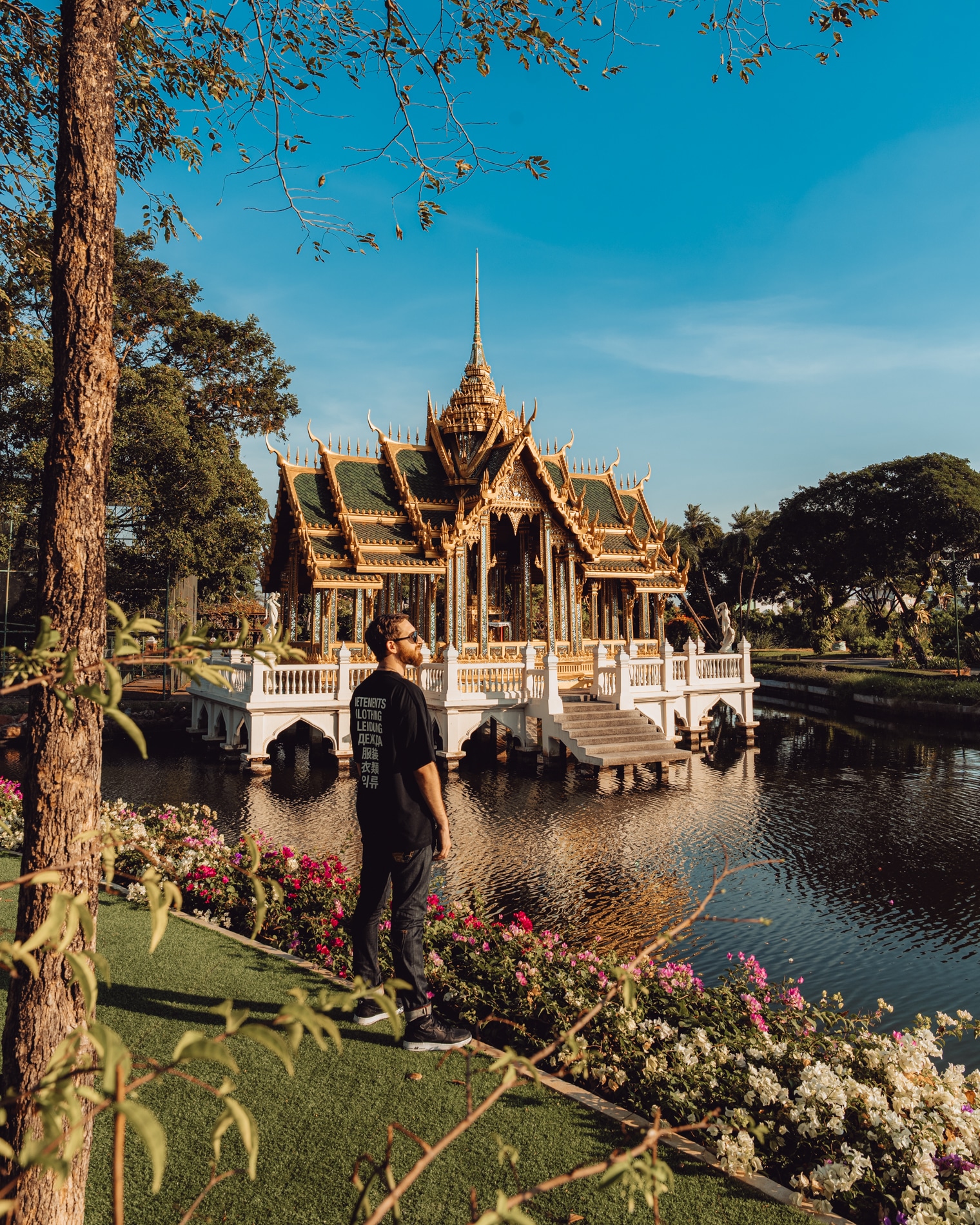As a Bangkok photographer who has witnessed the meteoric rise of social media over the past decade, I have seen firsthand how platforms like Instagram, Facebook, and Twitter have transformed the landscape of street photography. From the way we discover and consume images to the way we connect with other photographers and build our own audiences, social media has had a profound impact on the art and business of street photography. In this article, we’ll explore some of the key ways that social media has shaped the world of street photography, and discuss the opportunities and challenges that this new era presents for photographers around the globe.
The Democratization of Photography:
One of the most significant impacts of social media on street photography has been the democratization of the medium. With the rise of smartphones and photo-sharing apps, anyone with a camera and an internet connection can now become a street photographer, sharing their work with a global audience and potentially building a following of their own.
This democratization has led to an explosion of creativity and diversity in the world of street photography, with photographers from all backgrounds and skill levels contributing to a rich and ever-evolving visual culture. At the same time, it has also led to increased competition and saturation in the market, making it more challenging for photographers to stand out and build a sustainable career in the field.
The Power of the Algorithm:
Another key impact of social media on street photography has been the rise of the algorithm as a driving force in the discovery and promotion of images. Platforms like Instagram use complex algorithms to determine which posts are shown to which users, based on factors like engagement, relevance, and popularity.
For street photographers, this means that the success of their work on social media is often determined not just by the quality of their images, but also by their ability to navigate and optimize for these algorithms. This has led to the rise of new strategies and tactics for building engagement and reach on social media, from the use of hashtags and geotags to the creation of visually striking and shareable content.
The Importance of Authenticity and Storytelling:
Despite the challenges posed by the algorithm, social media has also created new opportunities for street photographers to build authentic connections with their audiences and tell compelling stories through their work. In a world where attention is scarce and fleeting, photographers who are able to create images that resonate on a deep emotional level and speak to universal human experiences are the ones who are most likely to build a loyal and engaged following.
This has led to a renewed emphasis on authenticity and storytelling in street photography, with photographers using their work to explore complex social and political issues, document underrepresented communities and cultures, and capture the beauty and humanity of everyday life on the streets.
The Rise of the Influencer:
Another significant impact of social media on street photography has been the rise of the influencer as a key player in the industry. With the ability to reach and engage large audiences through their social media platforms, influencers have become powerful tastemakers and trendsetters in the world of street photography.
For photographers, partnering with influencers can be a valuable way to gain exposure and credibility for their work, as well as to tap into new audiences and markets. At the same time, the rise of the influencer has also led to concerns about authenticity and integrity in the industry, with some photographers feeling pressure to conform to certain styles or aesthetics in order to gain popularity on social media.
The Importance of Community and Collaboration:
Despite the challenges and complexities of navigating the world of social media, one of the most positive impacts of these platforms on street photography has been the creation of vibrant and supportive communities of photographers around the globe. Through hashtags, forums, and direct messaging, photographers are able to connect with others who share their passion for the medium, exchange ideas and feedback, and collaborate on projects and initiatives.
These communities have become a vital source of inspiration, support, and accountability for many street photographers, helping them to grow and evolve as artists and to build meaningful connections with others in the field.
The Need for Adaptability and Innovation:
As the world of social media continues to evolve and change at a rapid pace, street photographers must also be willing to adapt and innovate in order to stay relevant and competitive. This means staying up-to-date with the latest trends and technologies, experimenting with new formats and platforms, and continually pushing the boundaries of what is possible with the medium.
It also means being open to new opportunities and revenue streams that may arise from social media, such as sponsored content, brand partnerships, and online education. By staying agile and entrepreneurial, street photographers can position themselves to thrive in this new era of digital communication and creativity.
Conclusion:
The impact of social media on street photography has been profound and far-reaching, transforming the way we create, consume, and connect through images. As a Bangkok photographer who has experienced this transformation firsthand, I believe that social media presents both challenges and opportunities for those of us who are passionate about capturing the world through our lenses.
By embracing the democratizing power of these platforms, focusing on authenticity and storytelling, building strong communities and collaborations, and staying adaptable and innovative in the face of change, we can harness the power of social media to create a more vibrant, diverse, and impactful world of street photography.
So let us continue to explore the streets of our cities and the feeds of our smartphones with open hearts and curious minds, using the tools of social media to connect with others, tell meaningful stories, and push the boundaries of what is possible with this incredible art form. For in a world that is more connected and complex than ever before, the role of the street photographer as a visual storyteller and community builder has never been more important or more exciting.


